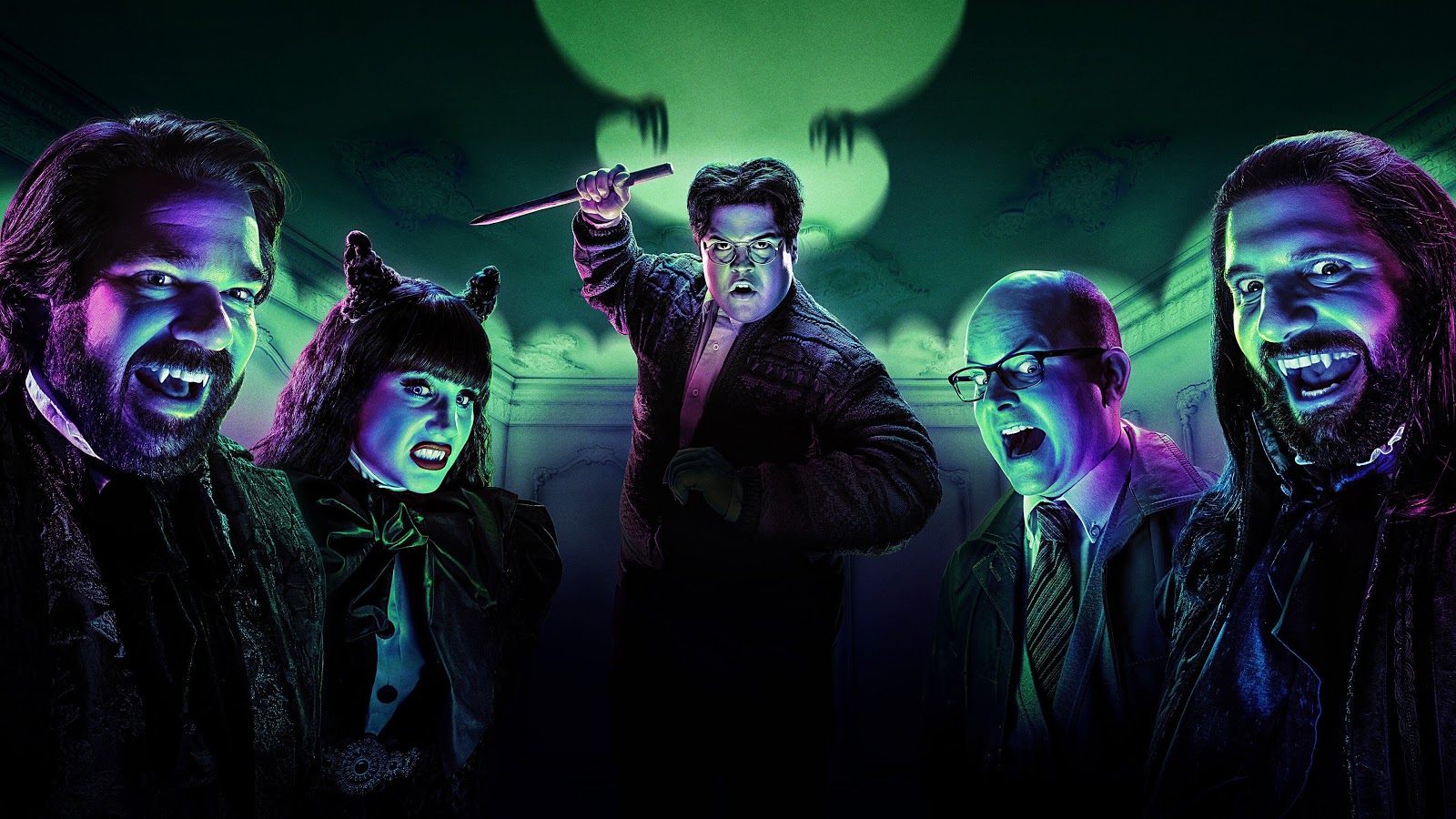Table of Contents Show
Spin-offs and additional content can be a hit or miss, especially when changing mediums. Even movies to television series can prove to be quite a leap in storytelling and formatting. However, FX’s What We Do In The Shadows, a television spin-off of the 2014 film of the same name, takes advantage of the shift to the small screen. By utilizing the strengths of the movie and the flexibility of a TV series, FX’s What We Do In The Shadows demonstrates the potential spin-offs can have in reinventing the magic of a beloved movie.
What We Do In The Shadows (2014) And The Vampire Mockumentary
What We Do In The Shadows was written and directed by comedy duo Taika Waititi and Jemaine Clement. The film follows a group of vampires from different eras, each representing different vampire tropes, who all room together in New Zealand. The movie is a mockumentary, intending to seem like the audience is being given a glimpse into the alluring secret life of vampires. Of course, being a vampire in the modern age does not have the same allure as traditional vampires. This is highlighted with Nick (Cori Gonzalez-Macuer,) who is turned into vampire over the course of the movie and learns that the life of a vampire is actually pretty awful.
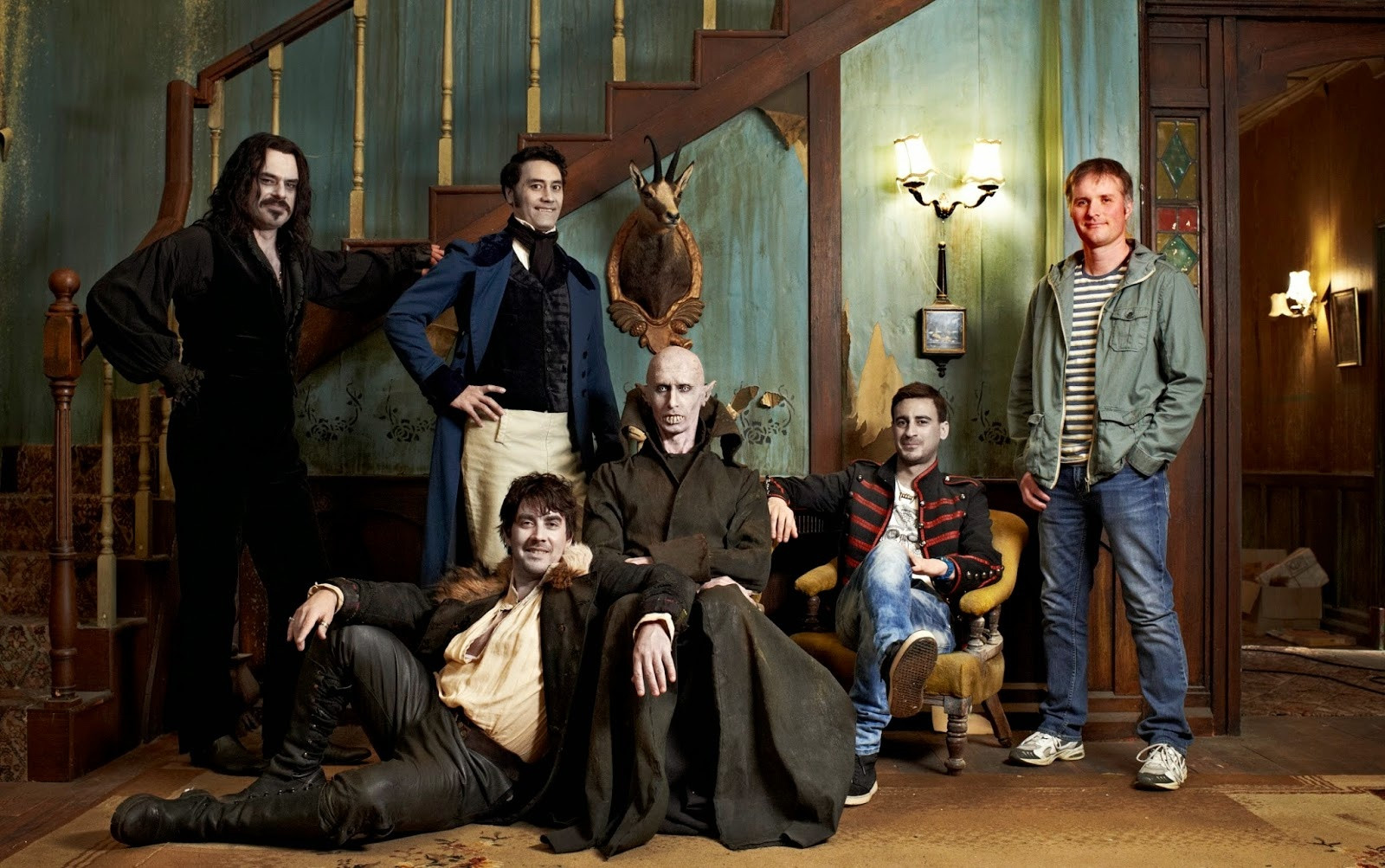
What We Do In the Shadows’ comedy stems from how unsuccessful these vampires are at coping with their environment, and their conflicts being incredibly small scale. The characters mentally still exist as though they are in Dracula or Castlevania, but their reality tells a different story. The film revels in juxtaposing dramatic vampires with the everyday. In the modern age, vampires are reduced to conflicts like calling house meetings about someone not respecting their chore-wheel. Everyday problems with roommates are handled with overdramatic vampire flair.
What We Do In The Shadows is set apart from other horror comedies by being a mockumentary. The documentary format works well in highlighting the awkwardness of characters speaking to a camera and it brings in some of the bland reality that the vampires have to deal with. Having interviews with the vampires gives background to this vampire world like a historical documentary. Other times, the vampires make snide comments directly into the camera and reference the crew. The movie utilizes the documentary format in each scene, playing with the “candid” experiences of vampires. With loads of dark humor and clever uses of vampire stereotypes, it is easy to see why the film was an international hit.
How Did WWDITS Approach A Spin Off?
Generally, fans were cautiously optimistic about the American television spin-off of What We Do In The Shadows. WWDITS seemed like a lightning in a bottle in terms of concept, cast, and writing. Early on in production, it was established that the show was going to feature a new group of vampires in America. Though Waititi and Clement were announced as the directors and writers of the show as well, a lot of the charm of the movie came from the relationship of the movie’s vampires with each other and their surroundings. There were concerns that the spin-off would not work with a new setting and cast of characters.
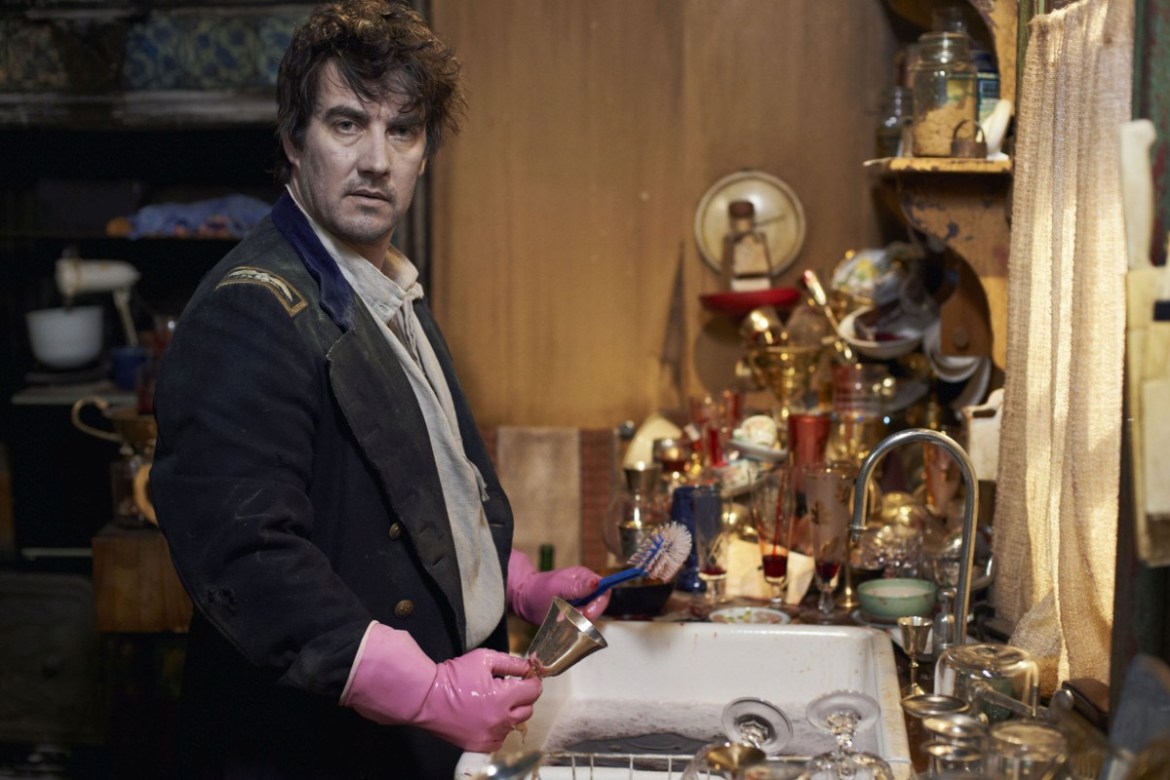
The change of cast, characters, and setting turned out to be the spin-off’s success. Instead of expanding on antics of the movie’s group, the show created a new cast with the same premise. In the television series, WWDITS contains an episodic peek into the daily troubles of vampires. This is a shift from the movie’s main focus of following Nick as he learns that vampires are not nearly as cool as he thought, or the other vampires resolving their initial problems. Instead of trying to expand on the movie as a whole, the show takes the most memorable bits of the movie and uses the changes that comes with a spin-off to its advantage.
FX’s What We Do In The Shadows: Same World, New Characters
FX’s WWDITS follows Guillermo (Harvey Guillén), a meek vampire enthusiast who has been waiting a decade to be turned by his master. As a familiar, Guillermo gives the audience a glimpse at the dreadful tasks of serving a vampire, such as seeking out virgins, cleaning blood, and going to any length to protect the ungrateful household of vampires who all use him as a servant. Guillermo is exploited by his master Nandor The Relentless (Kayvan Novak,) who continues to put off turning Guillermo into a vampire as promised. Nandor is a vampire from the Ottoman Empire who’s character is equal parts violent warlord and air headed diva.
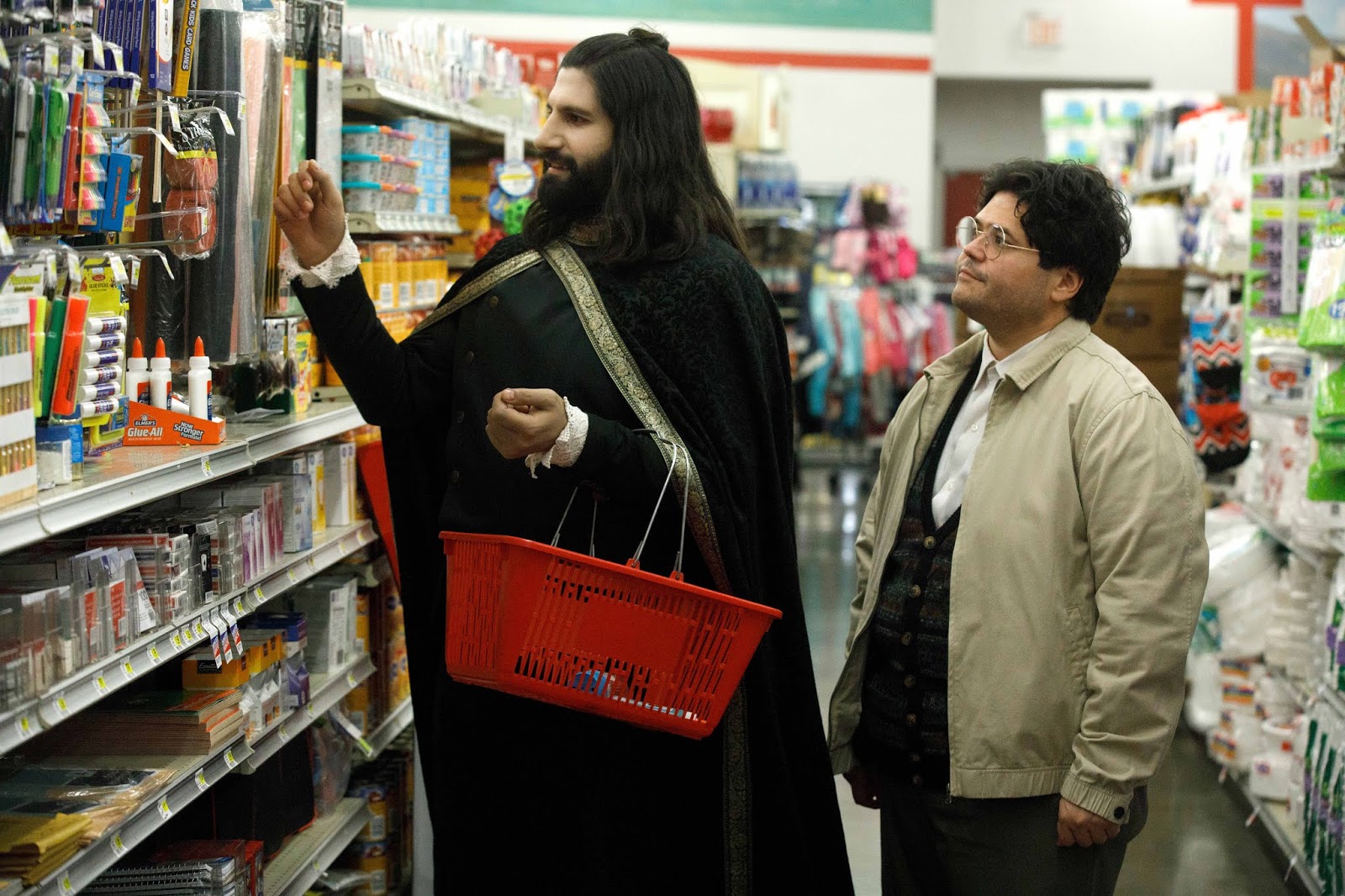
Nandor’s roommates include a married vampire couple, Laszlo (Matt Berry) and Nadja (Natasia Demetriou.) Laszlo and Nadja bring in a new dynamic for the world of WWDITS, domestic married life. The two are an eccentric, violent, and dramatic pair who not only have hilarious chemistry, but are a refreshing depiction of marriage that avoids falling too heavily into sitcom tropes. Instead, the two are extremely affectionate in a sort of Gomez and Morticia Addams vein, albeit a much more dysfunctional and crude couple.
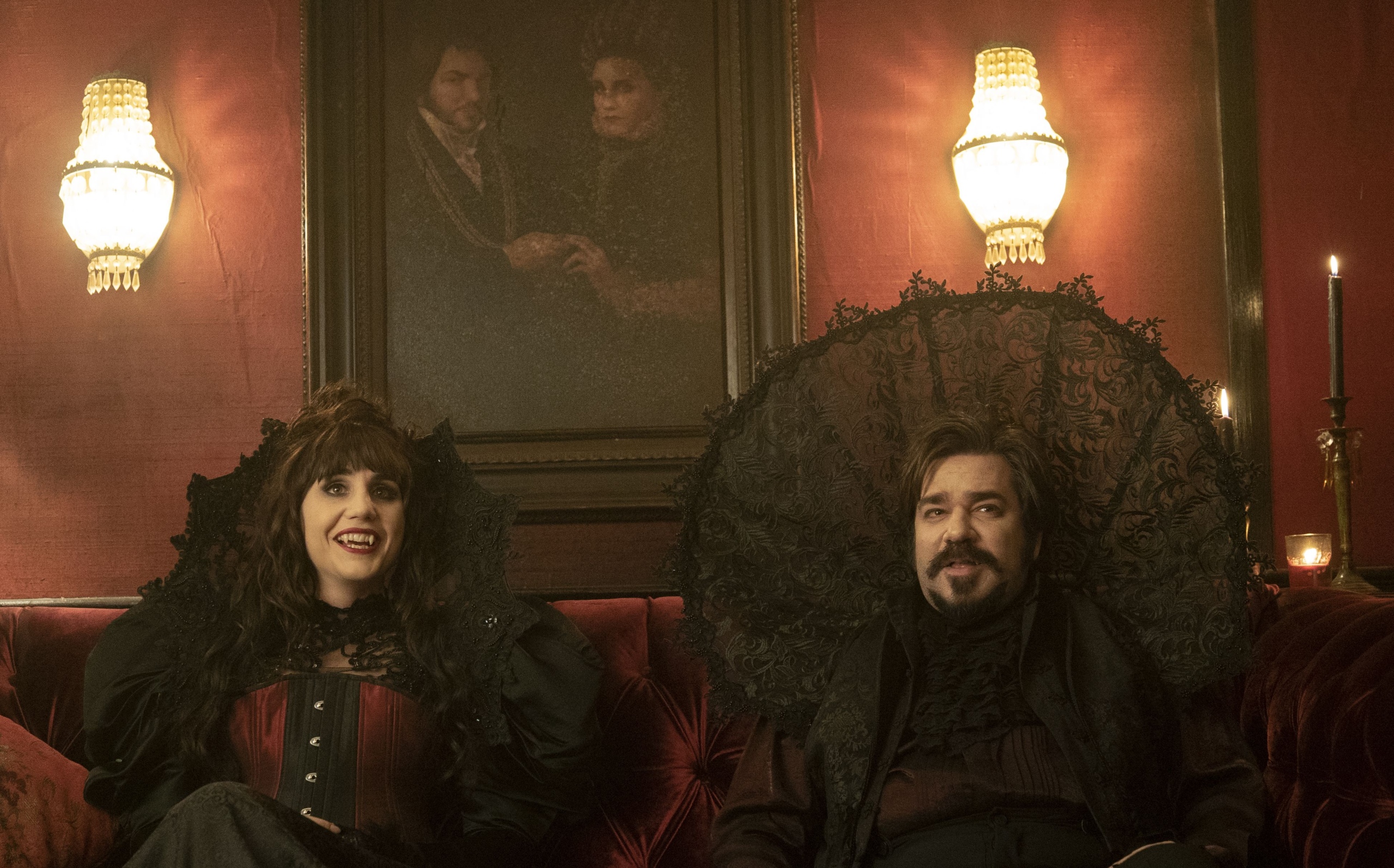
New Vampires, but Same WWDITS World
What We Do In the Shadows as a movie was a perfect, self contained story that exists in a much larger implied world. The movie established that there are many groups of vampires worldwide and that they have rules, regulations, and social events. This sets up for more vampire characters who have to battle the same day to day banalities that the original group did. Like in the movie version of WWDITS, all of the spin-off’s characters are overly theatrical when handling mundane issues.
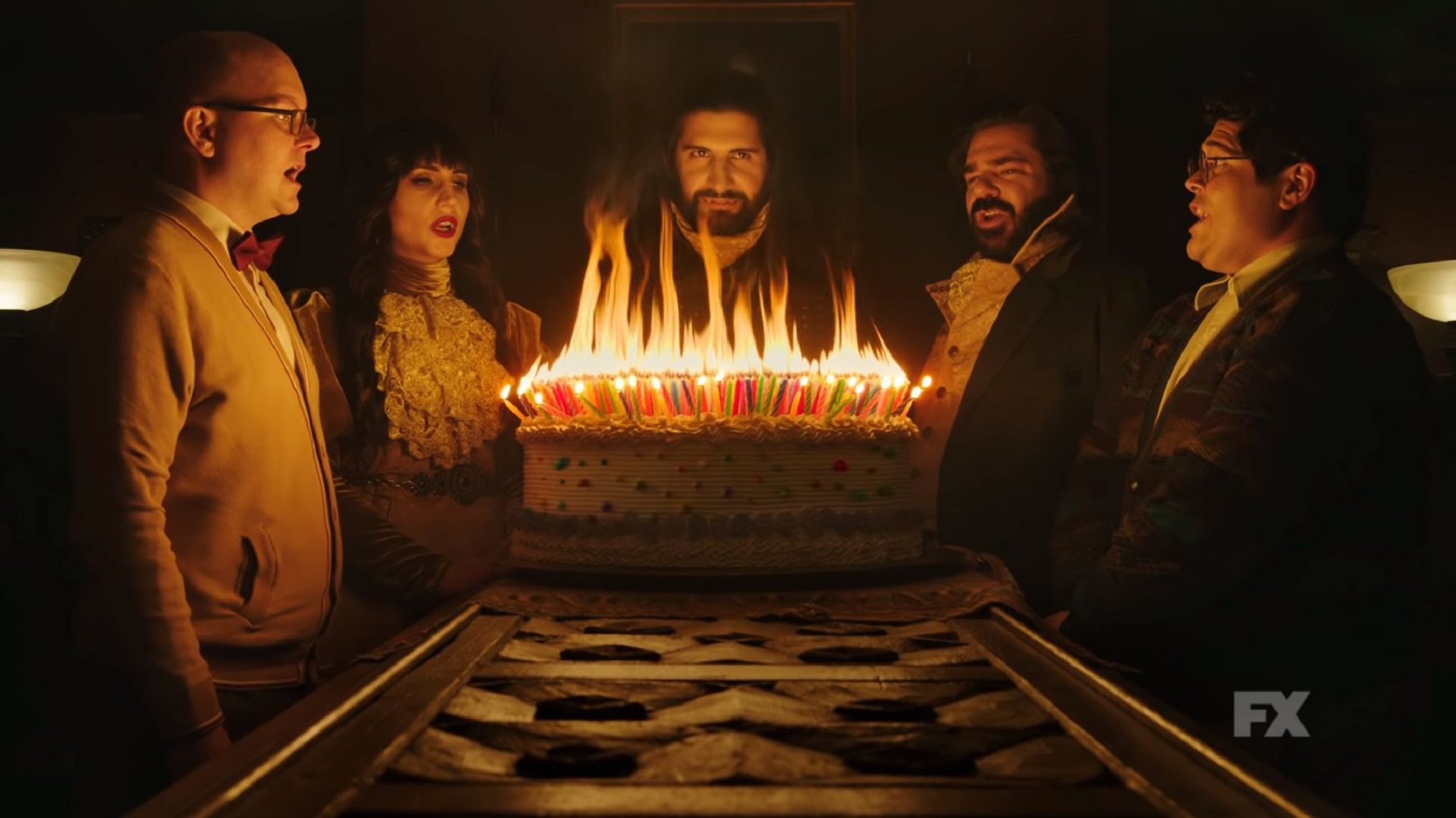
FX’s WWDITS uses what was key to the tone of the movie; that when stripped from a dramatic setting, vampires played straight and serious are extremely awkward in the everyday world. Despite the lack of horror or gothic lens, these characters are all committed to their melodramatic personas. Dressed in traditional clothing and donning cloaks, the vampires visit super markets, city council meetings, and Super Bowl parties during the evening. Their inability to adapt to the normal world sets them to be perpetual fishes out of water. Additionally, they are all extremely frank when taking about killing humans, or when describing their increasingly absurd backstories.
The success of the show is how it expands on the canon that characterized the movie’s vampire world. The return of the vampires’ rivalry with werewolves (not swearwolves) and use of human familiars makes the FX show a familiar world for fans of the original film. Similar to the movie, there is also a vampire council and vampire gatherings in the television spin-off. With an episodic documentary format, there is so much more time to explore the daily lives of vampires, and the show capitalizes on taking its time to expand on the world that the movie implied.
Using The Episodic Format To Expand Canon
The television format allows for the show to expand on the supernatural world that the movie introduced. The presence of vampires, werewolves, and zombies that were featured in the film are reintroduced in different characters in the show. Additionally, more supernatural realities are introduced to the show which expands the world that What We Do In the Shadows takes place in.
The forth vampire roommate of the Staten Island crew is Colin Robinson (Mark Proksch,) a bland office worker who feeds off of energy rather than blood. Colin is a hilarious contrast to the traditional, gothic vampires he rooms with. An energy vampire is a day walker and can psychically absorb human and vampire energy. Colin’s method of energy sucking is to irritate or bore people around him, literally sucking the life out of them with his small talk. His presence explores different types of vampires and their relationships, as his roommates are all wary of him. He also provides a totally new atmosphere for the audience, gleefully taking viewers into his bleak cooperate world.
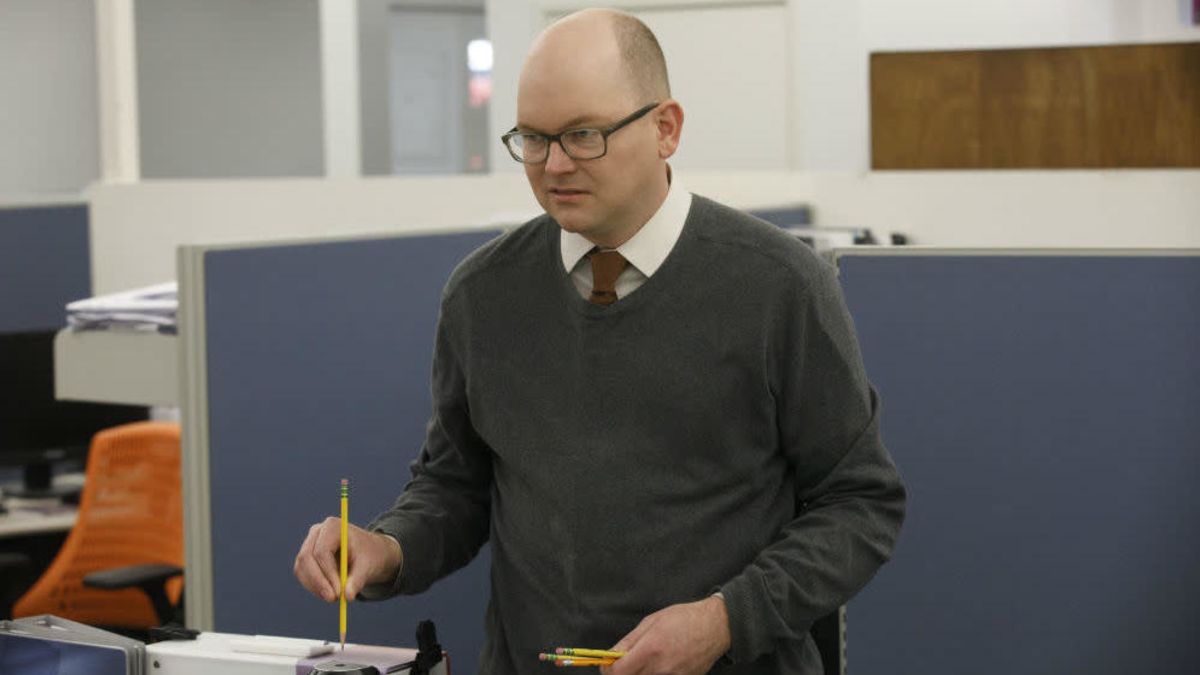
Ghosts make a few appearances in different forms in the television show. FX’s WWDITS uses vampires to play with time and immortality. This raises interesting scenarios like a character reincarnating and meeting Nadja over and over again, or exploring how the ghost of a vampire would work when the cast has a seance. The show takes advantage of expanding the relationships vampires have with other supernatural creatures. This fleshes out the world and broadens what possibilities the characters have in their encounters and misadventures.
What We Do In The Shadows: Don’t Mess With Success
The transfer of mediums for incarnations and spin-offs is not always successful, even the jump from film to television. What We Do In The Shadows practiced enough restraint to not totally mimic the movie, but to keep the elements that worked so well. The core concept of the movie made it a delightfully strange and unexpected combination of documentaries and vampires, making something familiar but new. Just like the movie, the show lovingly teases vampire tropes while also fleshing out absurd characters and a surprisingly detailed world of supernatural interacting with the ordinary.
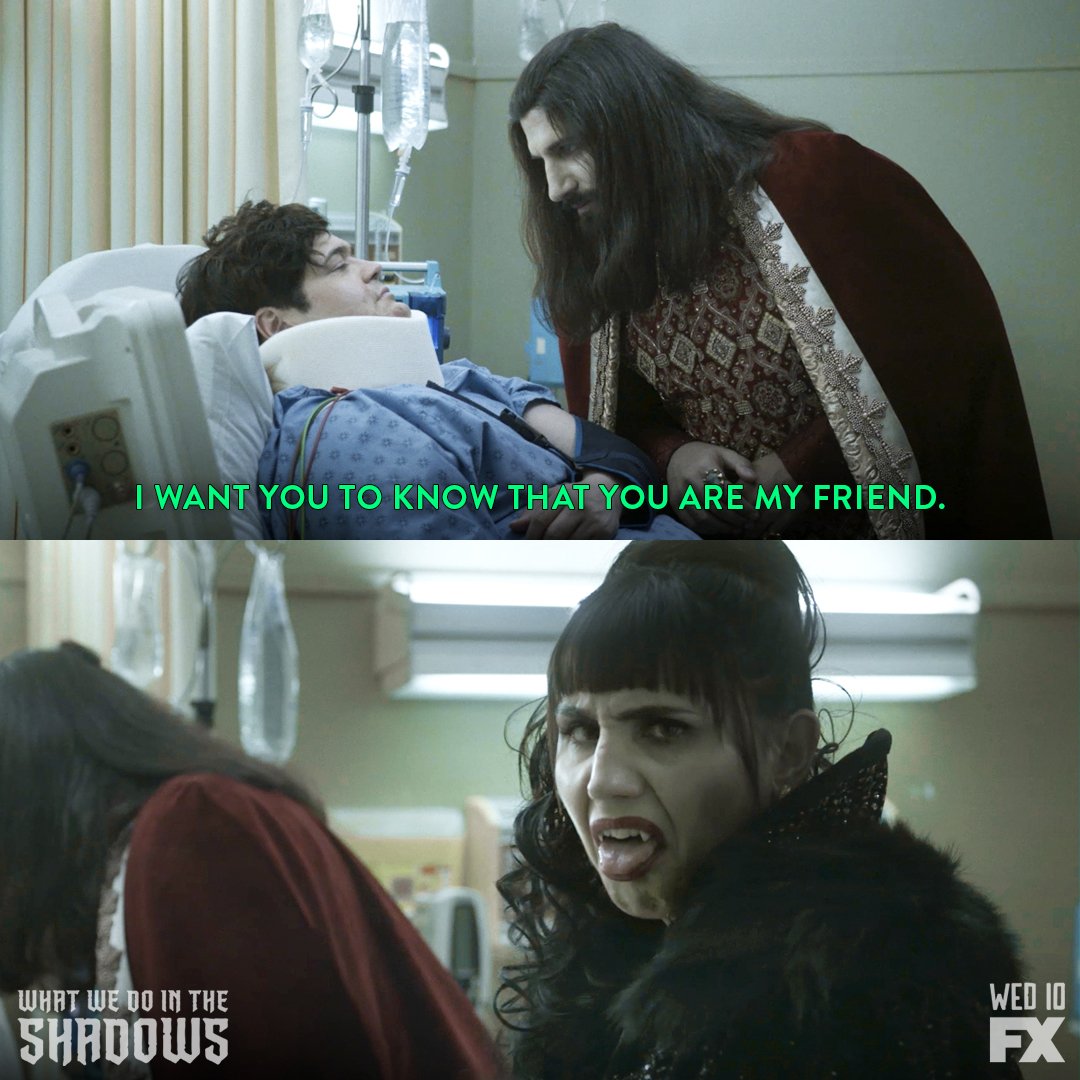
The most important thing carried between between the movie and television aside from the mockumentary format is the fleshing out of campy characters and their relationships with the ordinary world. What We Do In The Shadows is character driven comedy, and both the movie and television show prioritize this. With more time given to the television world of What We Do In The Shadows, the changes made for the spin-off give fans an expanded look at vampire banality with the same tone that worked so well for the original movie.
